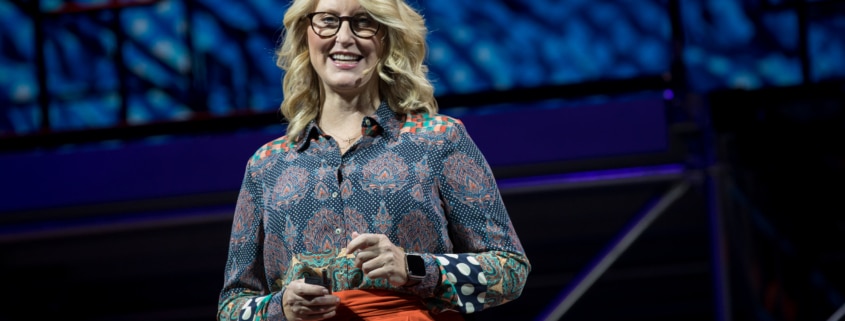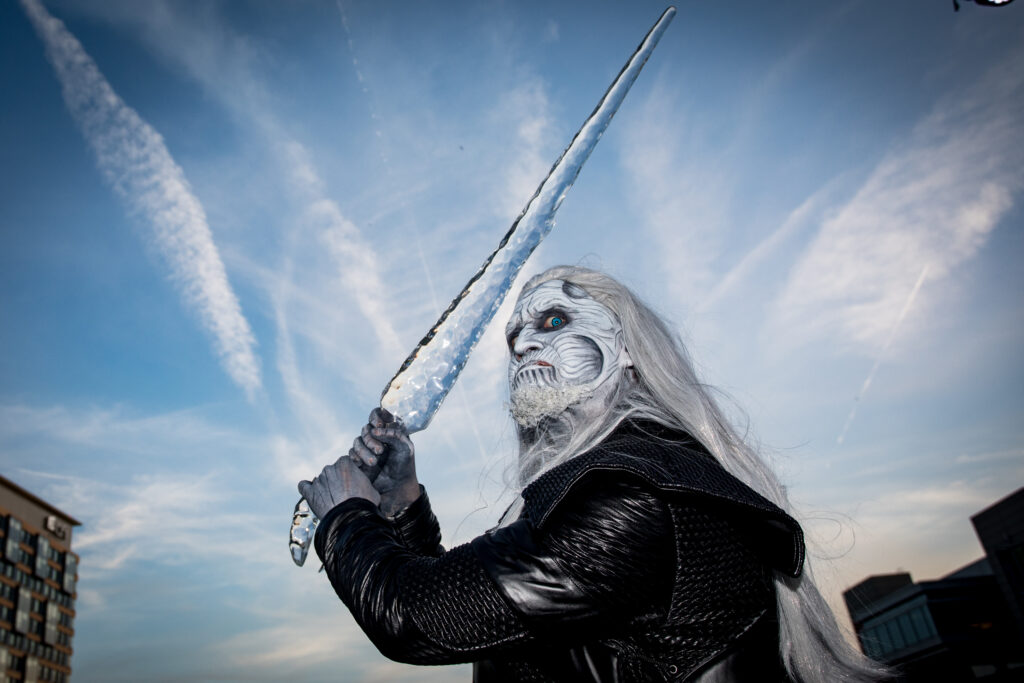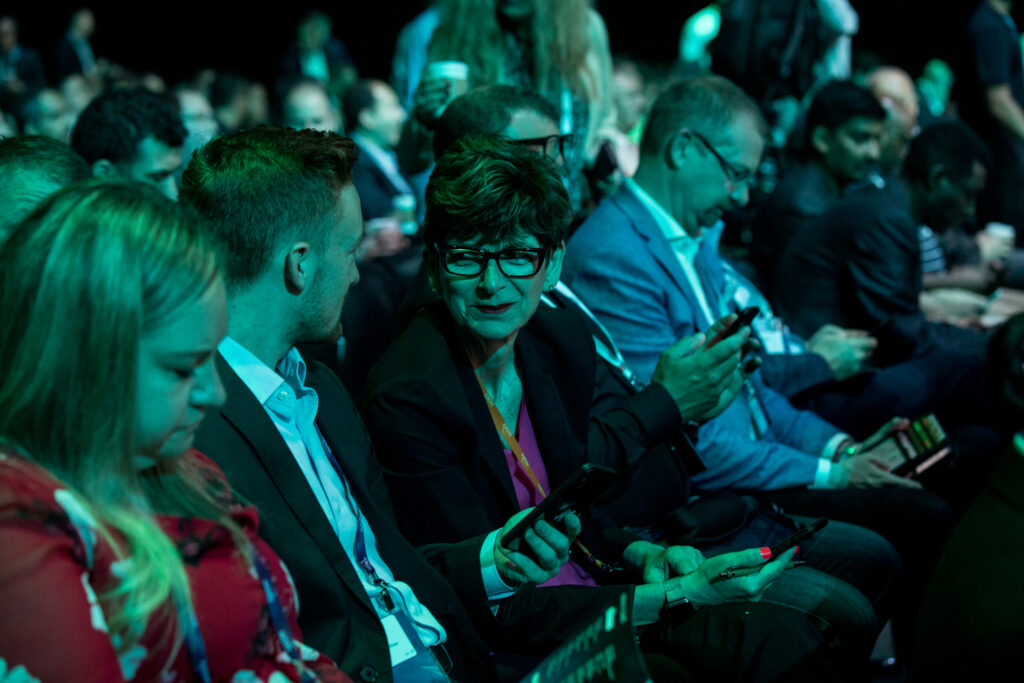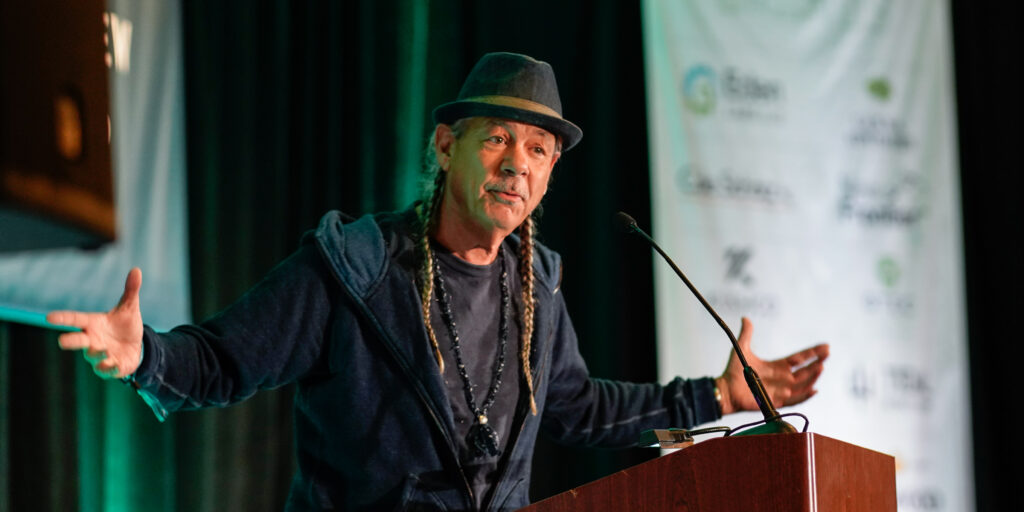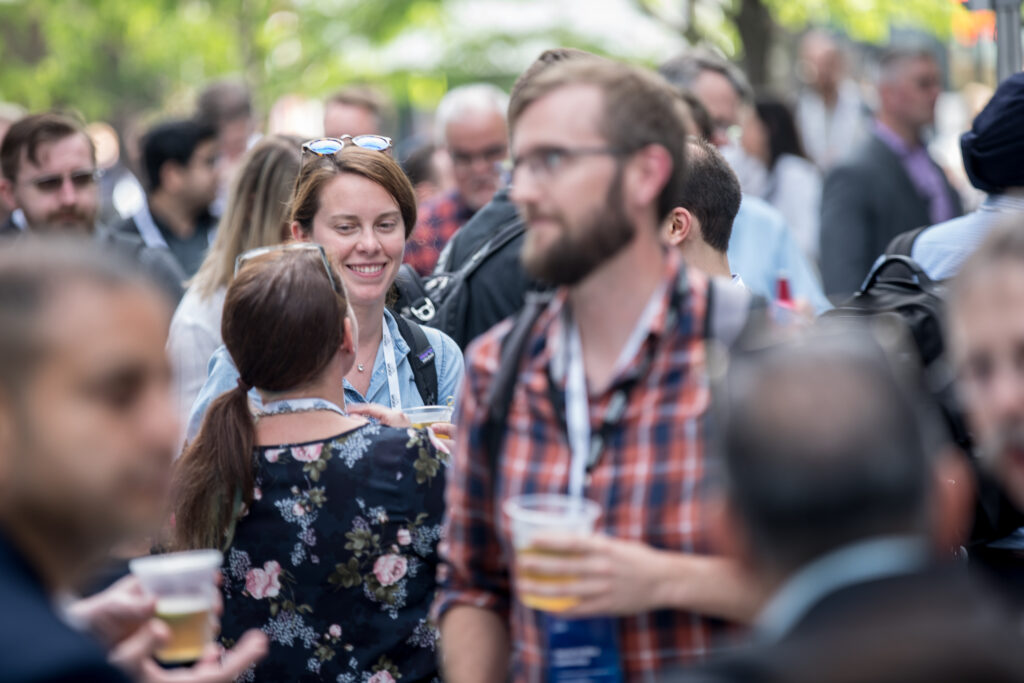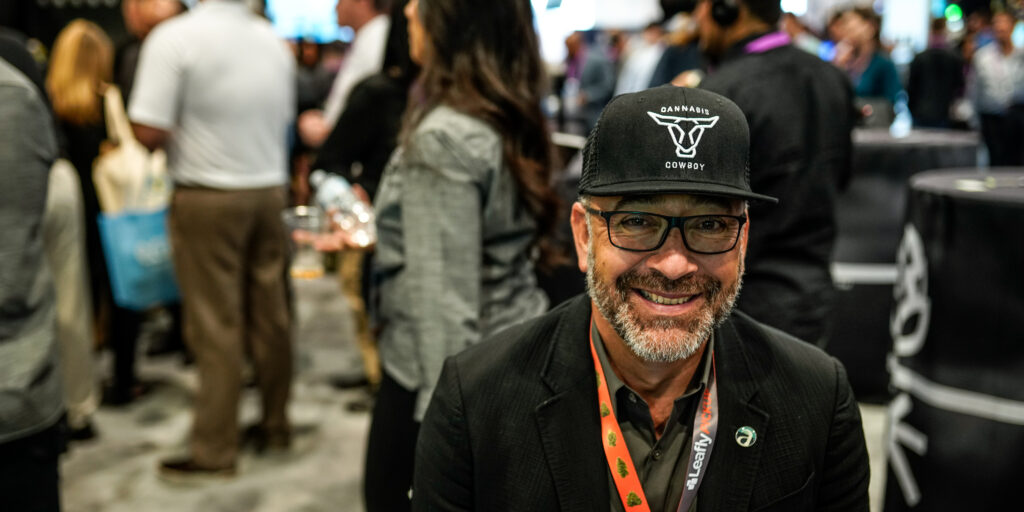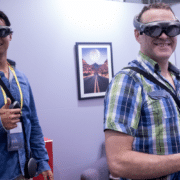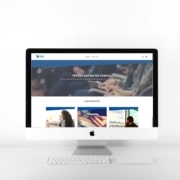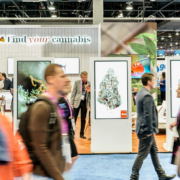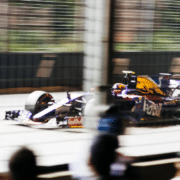What is live event coverage in social media?
Your company is sponsoring another industry event. That means another picture of booth swag on Instagram. A tweet to visit your company’s trade show booth. Maybe a contest to increase followers?
It doesn’t have to be this way.
Your brand could be picking up 4x the engagement. It could be positioning itself as an industry thought leader. It could drive new, qualified audiences to your website.
But how? By showcasing the event on your social media channels with live coverage.
Bringing your next conference or event to life on social media will ensure that you engage with the audience attending the event, and your brand will also reach the larger audience following the event hashtag in social media channels.
What is social media live coverage of events?
Imagine having a dedicated news team at your next event for your brand. It’s a team of editors, writers, producers, designers, photojournalists, video journalists, and analysts at the event you’re sponsoring. They sit in sessions and scour the trade show floor uncovering and capturing stories, insights and moments of delight. Then they produce and share that content in near-real time across your social media channels.
The result: Your brand is now a stand-out leader in the digital conversation around the event. By being a source of unique, high-quality content coming from the event, you’re delivering value to the audience. In turn, you’re driving greater awareness, growing followers organically, and driving the audience to your website.
We believe social media live event coverage unlocks a unique opportunity to reach more people faster at events.
Events offer three audience groups for your brand to reach:
- The followers on your brand channels.
- The attendees at the event who pick up their phones to post on Instagram or retweet a quote from the stage.
- The audience actively following the event hashtag to see what’s happening. This is the digital conversation around an event. This audience is an under nurtured group at events and oftentimes brands miss out on engaging effectively with them when they sponsor an event.
Our social media live coverage of events capitalizes — and converts — on these three audience groups.
Why Does This Work?
Live coverage in social media works because events are naturally social. You don’t have to teach someone to pick up their phone at an event or check an event hashtag.
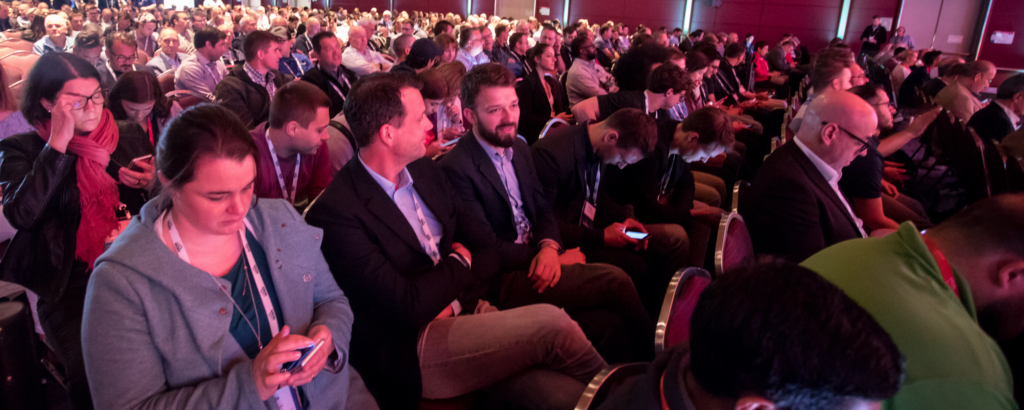
When attendees are sitting in a session, they will pick up their phone and check the event hashtag on Instagram or Twitter to see what’s being shared. They might share a photo of a speaker on stage with something smart or inspiring they heard. Or maybe they’ll share a Boomerang of the trade show floor.
Those people not attending will follow the hashtag to stay up-to-date on what’s happening. Thanks #FOMO.
When your company contributes high-quality content to the digital conversation around an event, you tap into this naturally occurring behaviour. By capturing unique insights from speakers and sharing stories from the trade show floor, your company will easily (and organically) extend your reach and awareness, as well as drive greater engagement across your channels.
What social media live event coverage looks like:
Our team has spent more than seven years developing and refining our approach to social media live event coverage. We’ve covered events as small as a 12-person roundtable to as large as 120,000 attendee trade show across a mix of industries including tech, education, cannabis, professional services, automotive, retail, manufacturing, AR/VR/MR, and more.
Our approach is methodical, precise, and repeatable because we know it drives results.
Here’s what it looks like:
Pre-Event:
Before we even start publishing, we first analyze the social media channels of our client. We learn who the followers are, what content resonates the most with them, how often we can post to each channel, and more. Next, we analyze the conversation on the event hashtag. Here we learn topics the audience is talking about, which speakers are resonating, who are the influencers, and what brands are standing out. Then, we collaborate with our client to learn what their on-the-ground presence will be at the event, including any speakers.
With this information, we develop a content and channel strategy to deliver the client’s message to the event audience in a way that will resonate. At this time, we co-create a content approval and publishing plan.
From there, it’s time to share content. Pre-event content calendars can include:
- Topical News: Curate and share content that’s relevant to the topics and themes of the event. Attending an AI symposium, publishing the latest articles from industry publications will help keep the audience informed.
- Speakers: Sharing news about event speakers — and the non-competitive companies they work for — increases the likelihood of engagement from those people and companies, which means reaching a wider audience. Don’t forget to promote your own speakers.
- Influencers: Curate and share content from relevant influencers in the event conversation. Again, this increases the likelihood that they will share your content about them.
- Brand-related content: Post event or conversation-relevant thought leadership from your company, including landing pages to drive lead capture.
Live-Event:
During an event, our live coverage team and activities will depend on what we are trying to achieve with our clients. While this varies wildly, there are a few things we always do:
- Capture Thought Leadership from the Stage: Our teams capture the insightful, inspiring and downright smart takeaways coming from the speakers on the stage and publish them within minutes of being said. This fast-paced, high-quality content allows our client to be seen as a leader in the conversation and increases engagement as the accounts with the best photos can pick up a disproportionate amount of engagement. Content can be remixed and reused throughout the event to drive additional engagement.
- Bring the Trade Show to Life: We find the most interesting stories on the trade show floor for our target audience. Blending traditional journalism techniques with social media best practices, this team uncovers valuable stories and constructs them in a way to deliver value and drive engagement.
- Live Streaming: Live streaming from events can give your brand a bump in exposure on social media channels. But it can be risky — and nerve wracking. Our video teams work closely with our clients to plan pre-interviews, practice walkthroughs, and troubleshooting. We recommend live streaming activities that deliver unique content to the target audience, such as demos, interviews, or insider/behind-the-scenes access.
- Video Interviews: Events bring many thought leaders into one space. This is a great opportunity to do video interviews with key individuals your audience would like to hear from — that includes your company’s own leaders. Our team shoots, produces, edits, and publishes videos at events in under 24 hours. This delivers increased engagement for our clients in the moment and continues to do so long after the event wraps.
- Check Analytics: Our teams consist of a dedicated analyst who is monitoring the conversation on the event hashtag and providing real-time suggestions for content relevant to the audience. The analyst will also monitor performance and collaborate with the team to tweak tactics that drive greater results for our client based on the goals for the event.
Post-Event:
While it is tempting to stop posting after an event, we recommend continuing to share content on the hashtag for about a week. One of our favourite things to do is identify top moments from an event — often using analytics tools — to share posts that recap highlights from the event. You can also consolidate those posts into a recap blog that can be used for your next newsletter too.
After the event is also the time to take a deep dive into the analytics to uncover what tactics and content worked for the audience and what didn’t. This is valuable for ideas for future events or content ideas for other marketing efforts within an organization.
Bonus: Cost Effective Content Capture
Deploying a live event coverage team has an additional benefit for your brand: Cost effective content capture.
Events have a concentrated amount of industry-relevant thought leadership under one roof. Leaders in your industry — including your own executives — are sharing valuable information your audience would likely benefit from hearing.
With an event team like ours in place (and a bit of pre-planning), you can collect evergreen content through interviews, photos, and videos to power your content marketing for months after.
A few examples:
- Your company likely sent executives to speak. By capturing what he or she said on stage, your team can create blog content recapping their main takeaways.
- Company executives can be interviewed on video about key industry trends. You can produce videos and use this content for social media, blog, or newsletter posts.
- You likely have customers attending the event who can be interviewed for case studies, testimonials, or thought leadership for your blog or newsletter.
Drive More Value With Your Next Event Sponsorship
Social media live coverage for events is low hanging fruit for every company spending money on an event sponsorship. It drives awareness, contributes to brand value, grows followers, and allows for cost-effective content creation.
If you have an event coming up and want to learn how social media live event coverage can help you stand out, reach out to us. We’ll analyze the event hashtag and share ideas on how you can drive more value with your next sponsorship.

